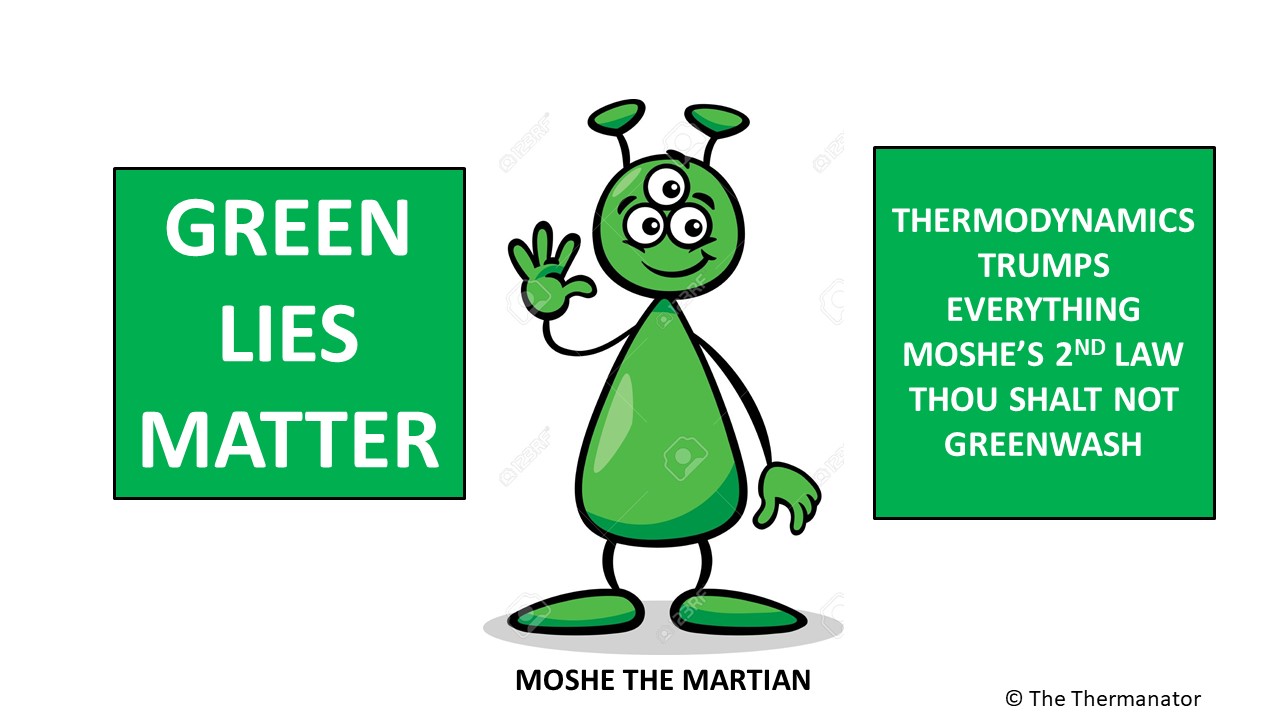The same fools at the Air Resources Board who brought us MTBE are now scoping the future and planning for us to reduce our greenhouse gas emissions by thirty seven percent between now and 2020. This will primarily be accomplished by the wished for low carbon fuel the Air Resources Board is yet to invent. Also proposed is a "Feebate" for a Cap-and-Trade program to lower greenhouse gas emissions. I read this as a Tax and an increase in the cost of fuel, automobiles, doing business in the Golden State, or simply living here. Instead of coining marketing terms like Feebates these guys should concentrate on improving the quality of life for all in California.
These imbeciles coined the term "Reformulated Gasoline" for the MTBE laden poisonous gasoline that was mandated twenty years ago to clean the air. This was stupidity of the greatest measure as all gasoline vehicles started to deploy catalytic converters and the MTBE served no purpose other than to line the oil companies' pockets with additional profits. Some elite group will make money out of Cap-and-Trade while our greenhouse gas emissions will not decline by 37% by 2020. The only hope for reduction of greenhouse gases in any large measure is to improve vehicle efficiency and provide incentives for folks to carpool and take public transportation. Instead of Feebates (Taxes) we should have rebates (incentives) to those who adjust the driving habits, turn down their home thermostats, get rid of their lawns and SUVs, and live a greener life.
Thank goodness Obama did not take the Kennedy family's advice and appoint the Jolly Green Giant as the Secretary of Energy. Instead he will appoint a Nobel Prize winning physicist Steven Chu as Energy Secretary. Chu won his Nobel Prize in 1997 for understanding the behaviour of gases at very low temperatures. Chu and his co-winner Claude Cohen-Tanoudji, developed a method to use multiple lasers focused on gas atoms that slowed down their velocity of motion to less than one kilometre per hour thereby reducing their temperature to almost absolute zero. Chu was quoted in 1997 when he won the Nobel Prize that he and Cohen had slowed down the velocity of gases to a rate that an ant might walk. I kind of like it that an ant tamer was chosen over Jolly Green Giant for Energy Secretary. Remember that the suddenly green Governor was the celebrity that popularized Hummers and owned a bunch of them at the time Chu and Cohen were trying to think small and slow things down. I think Dr Chu will be a good Energy Secretary, I only wish that the California Air Resources Board had a collective IQ close to his. As tomorrow is Christmas I will use the words of the original Jolly Green Giant and sign off by saying Ho Ho Ho.


